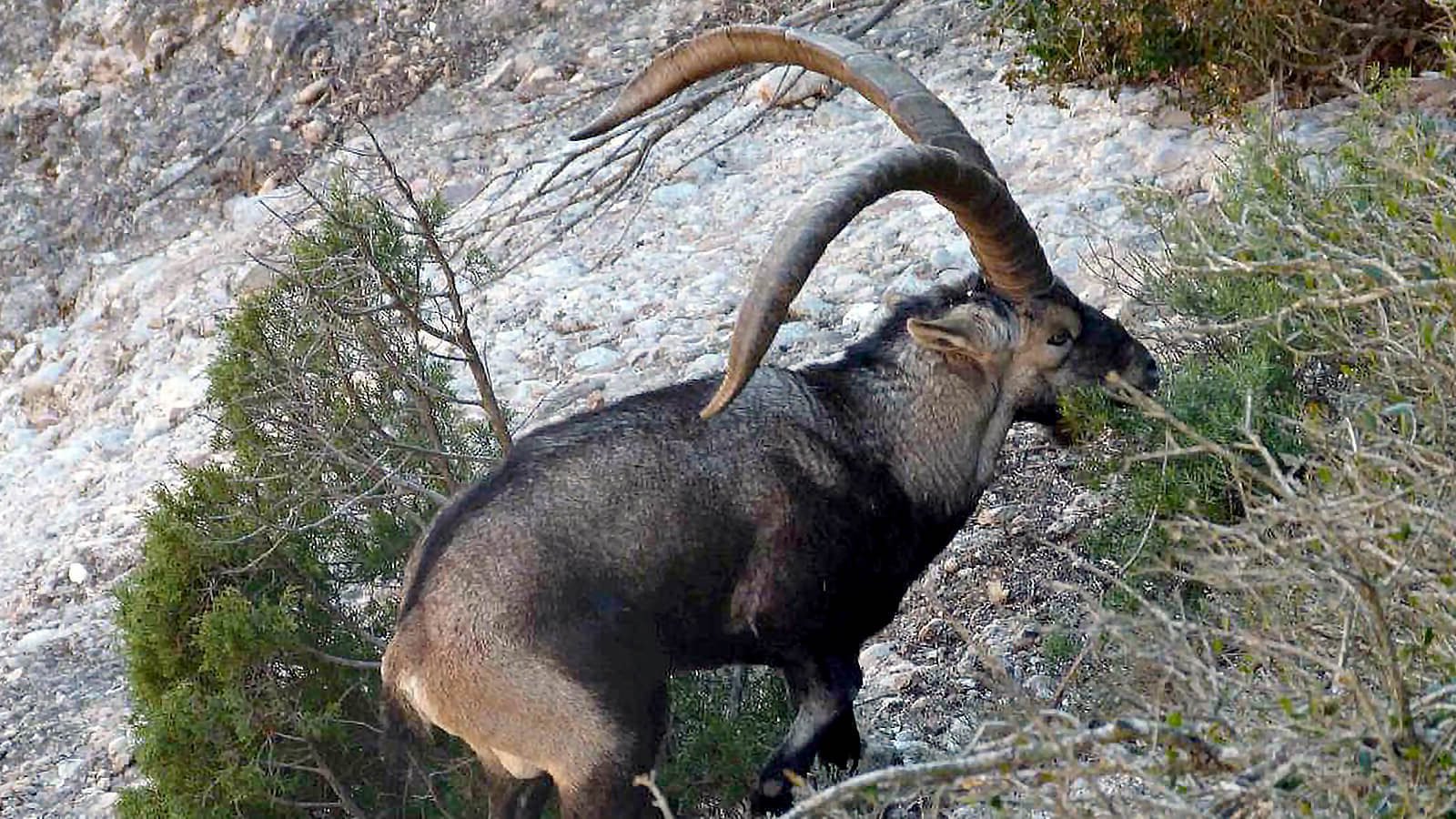The world of wildlife never ceases to amaze, and the ibex, a diverse group of wild goats from the genus Capra, stands as a prime example of nature’s wonders. With their distinctive recurved horns and presence across continents, these creatures captivate our curiosity. Today, we delve into the mysteries surrounding ibex behavior to explore the reasons behind their fierce battles and their choice of resting havens.
Advertisement
A Horned Enigma: Unraveling the Reasons Behind Ibex Fights
One of the most intriguing aspects of ibex behavior is their propensity for engaging in intense battles. The male ibex, known as a buck, boasts imposing recurved horns that serve as both a symbol of dominance and a weapon in clashes with rivals. These fights are not taken lightly, as they determine the hierarchy within a group and the rights to mate with females, referred to as does. The larger and more powerful the horns, the greater the chances of success in these intense confrontations.
These battles, often characterized by displays of strength and agility, are intricately linked to the survival of the fittest principle. Those that emerge victorious are granted priority access to essential resources such as food, water, and mates, ultimately increasing their chances of passing on their genetic traits to the next generation. Thus, these fierce battles are a fundamental part of ibex evolution, finely tuned by nature to ensure the health and adaptability of the species.
The Art of Finding Shelter: Discovering Where Ibex Rest
Advertisement
While the adrenaline-fueled battles of ibex make for captivating spectacles, there’s another side to their lives that holds equal fascination – their choice of resting spots. After navigating the challenging terrain of their mountainous homes, ibex seek refuge in well-chosen locations that offer a combination of safety and accessibility.
Rocky ledges and steep slopes are common choices for ibex to rest. These elevated areas provide a vantage point from which they can monitor their surroundings for potential threats. Their exceptional climbing abilities, characterized by split hooves and recurved horns, come into play as they settle on narrow outcroppings, effectively eluding predators.
The choice of resting spots also varies with the seasons. During harsh winters, ibex often seek shelter in rocky crevices and caves, where they can find protection from the elements. These selected resting sites serve as vital refuges, enabling them to conserve energy and endure the challenges of their alpine habitats.
Unveiling Nature’s Mysteries
In the world of ibex, each behavior serves a purpose in the intricate dance of survival and evolution. From fierce battles that shape dominance to the calculated selection of resting places that ensure safety, ibex continue to reveal the depth of their adaptations to their environment. As we witness these extraordinary behaviors, we gain a renewed appreciation for the diverse strategies that nature employs to perpetuate life and thrive in the face of challenges.


Leave a Reply